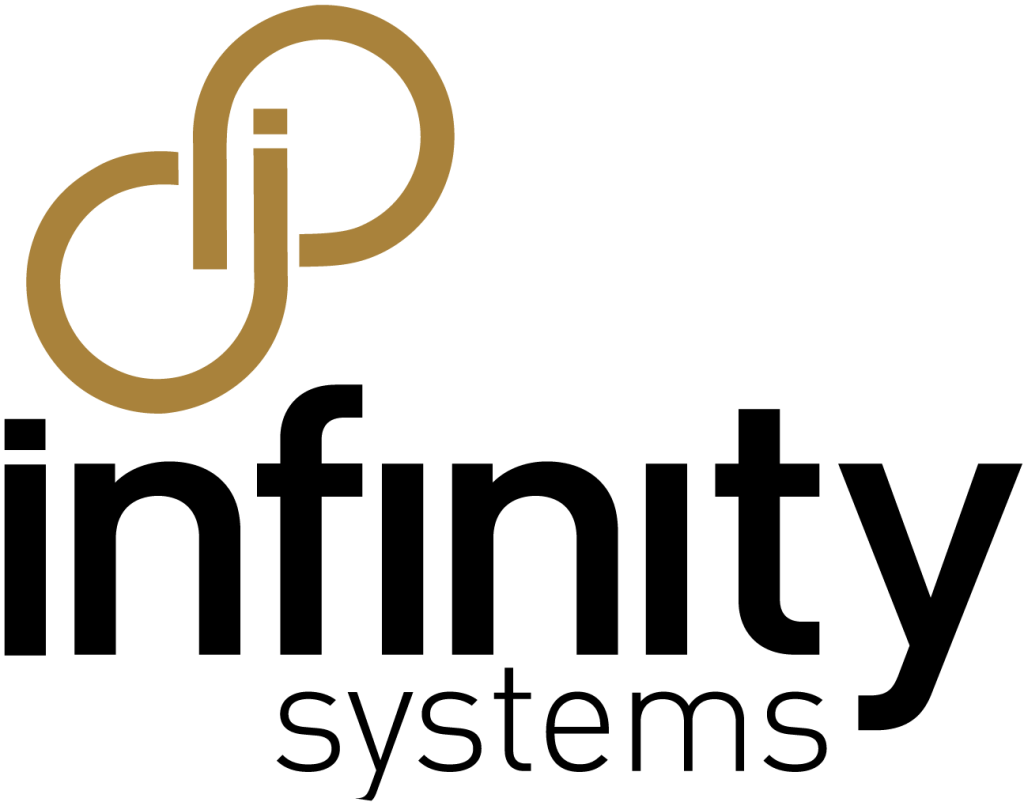Frances Arnold was just named a co-recipient of the 2018 Nobel Prize in Chemistry for her work on ‘directed evolution’.
What Frances and her colleagues did was use standard evolutionary processes we’re all used to and accelerate that evolution to develop chemicals for the benefit of mankind.
One of the more interesting aspects of this, however, is that Ms. Arnold has training as a mechanical engineer. She said that this training allowed her to “be able to look at the problem with a fresh set of eyes.” She realized that “the way most people were going about protein engineering was doomed to failure.”
 Frances took unique aspects and learnings from a different discipline and applied them to a problem that wasn’t getting solved through traditional methods. She saw a nuance and opportunity to do something different.
Frances took unique aspects and learnings from a different discipline and applied them to a problem that wasn’t getting solved through traditional methods. She saw a nuance and opportunity to do something different.
She creatively brought forth a best practice to a team to create a transformational new process that enabled people to create revolutionary products.
Are you leading in a manner that encourages people to think differently, search for nuances and mutations, and look to apply them in an environment that can have great impact?
You may believe the chances of your organization doing something Nobel-worthy may be small. If we restrict that definition to those areas the Nobel committees give awards, then the answer is almost exclusively yes. However, if we define Nobel-worthy as coming up with ideas and processes that can transform how you serve the organization and customers – even in small ways, then the chances increase substantially.
Seeing your challenges and opportunities as Ms. Ardold did is a great way to enable transformation. If you look to do this as an exercise for yourself, terrific. If you, as a leader, choose to start and practice such a process, that could lead to some solid results. However, if the organization is not set to receive the ideas you come up with and leverage them, will those ideas flounder? THe trick is to work on spreading such a creativity culture organization-wide.
[subscribe]
Building a culture of Nobel-worthy ideas
Organizations that encourage and foster a culture of searching for nuances and mutations in order to develop novel ideas can accelerate alignment and performance greatly. This may take time, depending on where you are currently at, but each step will bring benefits.
- State the objective of developing a culture of innovative, transformational thought
The first step is to announce the intention of encouraging and curating creative ideas. It’s best to start focused, such as tying the desire for ideas to be tied to your organization’s mission and vision. Announce how you’d like to proceed with the effort, even if it’s not truly formalized and structured. You will grow and develop as time goes on. - Set up structures to solicit and review ideas
You will likely receive a number of ideas, or problems, from a lot of people as a brain dump or a complaining session. There might be some really good ideas that come from that exercise.Choose a few of those ideas and problems and pose them to people and groups that seem disassociated to the issue. A product issue could be seen by people in the customer service area in a different way. Customer service works with the people that use your products every day and will likely have valuable insights on how they could see handling such an issue. It’s brings the process Ms. Arnold used and taps into the organization’s knowledge base. - Establish a leadership review process for your team
A key and critical way you can ingrain such a culture of creativity is to hold your leadership accountable for maintaining the processes of searching for nuances and mutations in problems and opportunities. As you talk with you leaders about what is going on in their areas, ask them who else they and their teams have talked with outside of their area to generate possible solutions. Also, you should ask how your leaders how they have helped other teams in addressing what they have on. When you show how important this effort is on a consistent basis, change will come. The goal will be a strong omni-direactional communication flow. - Celebrate the results of the process, no matter how small
It will be unlikely that you will see a transformational idea come forth right away. A foundation of ideas will be created which will help employees become more and more proficient over time. However, they have to know such efforts are working and that it is recognized. Within this celebration, you can reinforce what the organization is looking for to help employees put energies towards the effort.
Unleashing the power and capability of those in your organization, no matter what their specific role happens to be, can put you on a different plane. Each person has unique experiences perspectives, allowing that to flourish instead of keeping people ‘in their lane’ can reap great benefits – even a Nobel.
Congratulations to Frances Arnold, George P. Smith and Gregory P. Winter for their great work and accomplishments.



